Turkish coffee is more than just a beverage; it’s a cultural ritual steeped in tradition. One of the most critical aspects of preparing authentic Turkish coffee lies in the grind size distribution. Unlike other brewing methods, Turkish coffee demands an ultra-fine powder, almost resembling powdered sugar. The consistency of this grind plays a pivotal role in achieving the signature thick texture and rich flavor that defines this centuries-old drink.
The grinding process for Turkish coffee is unique because it requires the beans to be pulverized to an exceptionally fine particle size. Most electric grinders struggle to achieve this level of fineness without generating heat, which can alter the coffee’s flavor profile. Traditional manual grinders, such as the Turkish hand mill, are often preferred for their ability to produce a uniform powder without overheating the beans. The ideal grind should have particles ranging between 50 and 100 microns, a range that ensures proper extraction during the brewing process.
Why Grind Size Matters
In Turkish coffee preparation, the grind size directly influences the extraction rate and the final cup’s mouthfeel. If the particles are too coarse, the coffee will lack the characteristic viscosity and may taste weak. Conversely, if the grind is too fine, it can lead to over-extraction, resulting in a bitter and overly intense brew. The narrow particle distribution ensures that the coffee dissolves evenly in water, creating a harmonious balance between strength and smoothness.
Another factor to consider is the role of grind size in foam formation, a hallmark of well-prepared Turkish coffee. The ultra-fine particles contribute to the development of a dense, creamy foam known as "kaymak." This foam not only enhances the sensory experience but also acts as an insulator, keeping the coffee hot for longer. Achieving the right particle distribution is essential for fostering this delicate layer, which is highly prized among coffee connoisseurs.
The Challenges of Consistency
Maintaining a consistent grind size distribution is one of the biggest challenges in Turkish coffee preparation. Even slight variations can lead to uneven extraction, affecting both taste and texture. Commercial grinders designed for espresso or drip coffee often fail to deliver the necessary fineness, leaving behind larger particles that disrupt the brewing process. This is why many traditionalists still rely on manual grinding methods, where the operator can control the pressure and speed to achieve the desired consistency.
Modern advancements in grinding technology have introduced specialized mills capable of producing Turkish-grade powder with minimal variation. These grinders use precision burrs and adjustable settings to ensure uniformity, but they remain a niche product due to their high cost. For home brewers, achieving the perfect grind often requires multiple passes through a grinder or sifting to remove any oversized particles that could compromise the final product.
The Cultural Significance of the Perfect Grind
In Turkey and other regions where this coffee is cherished, the grind is not just a technical detail—it’s a reflection of craftsmanship. The preparation of Turkish coffee is a ceremonial act, often performed with great care and attention to detail. The grind size is a testament to the brewer’s skill, and any deviation from the ideal can be immediately detected by experienced drinkers. This cultural reverence for precision underscores the importance of mastering grind distribution.
Beyond its role in flavor and texture, the grind also influences the coffee’s sedimentation. A properly ground Turkish coffee will leave a thin layer of sludge at the bottom of the cup, a sign of proper preparation. This sediment, while not meant to be consumed, is an indicator of the coffee’s authenticity. Achieving this requires not only the right grind size but also a meticulous brewing technique that respects the coffee’s delicate nature.
Conclusion: A Delicate Balance
The grind size distribution in Turkish coffee is a delicate balance between science and tradition. It requires an understanding of particle physics, extraction dynamics, and cultural nuances to perfect. Whether using a traditional hand mill or a high-end electric grinder, the goal remains the same: to produce a uniform, ultra-fine powder that honors the legacy of this timeless beverage. For those willing to invest the time and effort, the reward is a cup of coffee that transcends mere taste, offering a glimpse into a rich cultural heritage.

By Emily Johnson/May 10, 2025
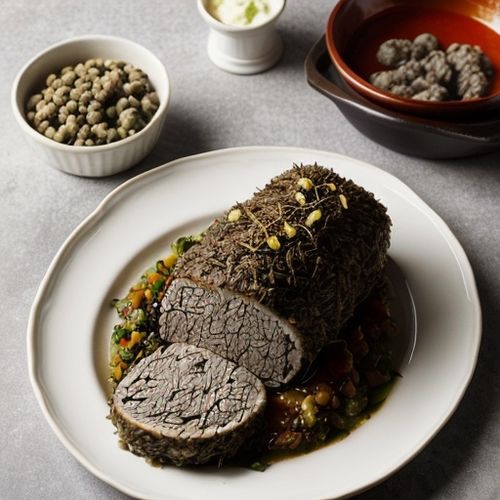
By Megan Clark/May 10, 2025

By Elizabeth Taylor/May 10, 2025

By William Miller/May 10, 2025

By Natalie Campbell/May 10, 2025

By Joshua Howard/May 10, 2025
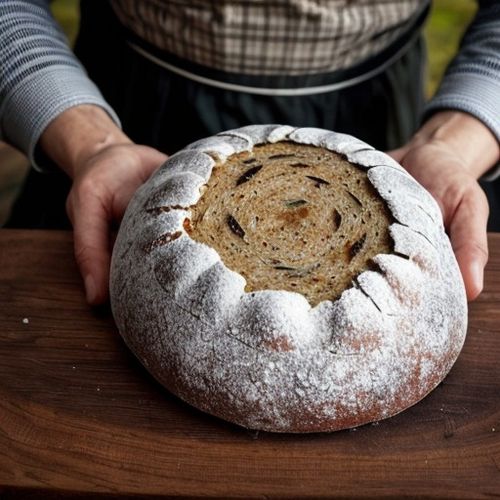
By James Moore/May 10, 2025
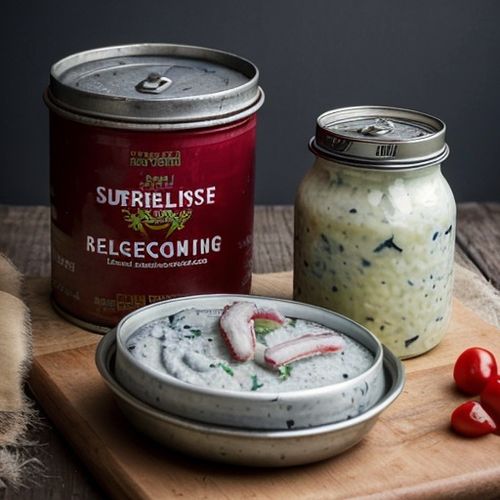
By Ryan Martin/May 10, 2025
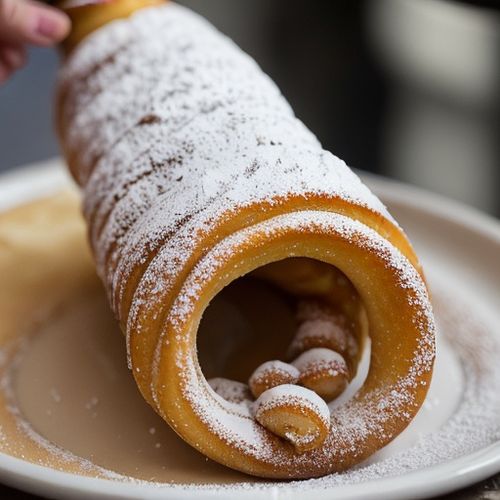
By Victoria Gonzalez/May 10, 2025

By John Smith/May 10, 2025
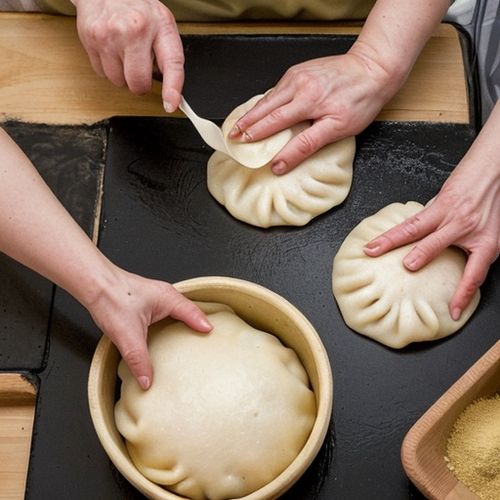
By Christopher Harris/May 10, 2025

By James Moore/May 10, 2025
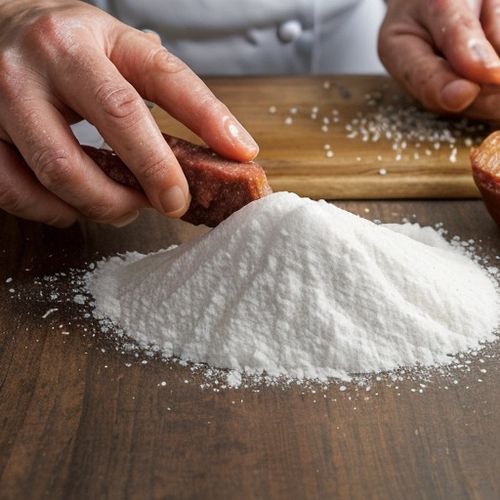
By Lily Simpson/May 10, 2025

By Ryan Martin/May 10, 2025

By Lily Simpson/May 10, 2025

By Elizabeth Taylor/May 10, 2025

By Emily Johnson/May 10, 2025

By Laura Wilson/May 10, 2025

By Olivia Reed/May 10, 2025

By Sarah Davis/May 10, 2025